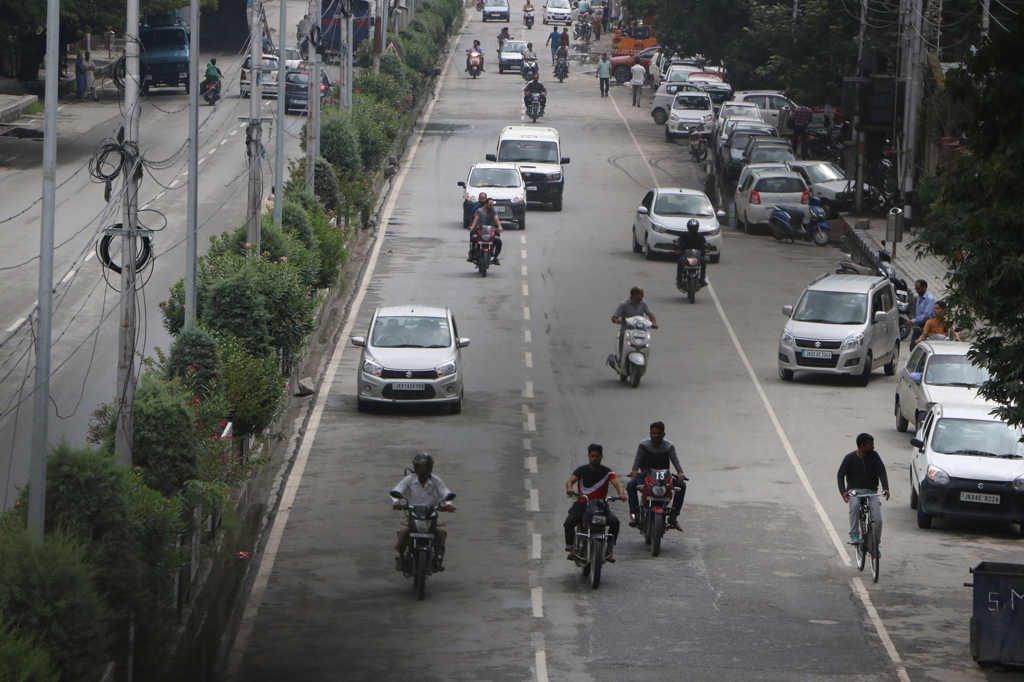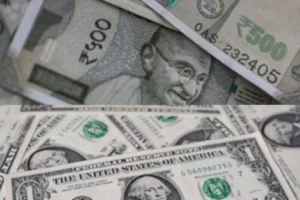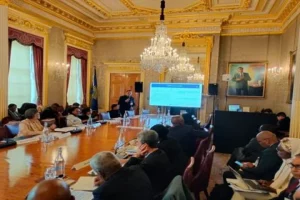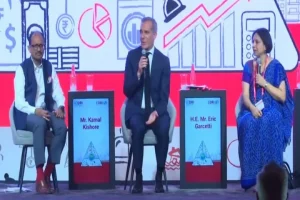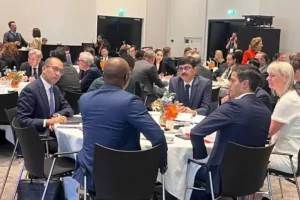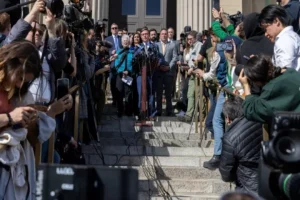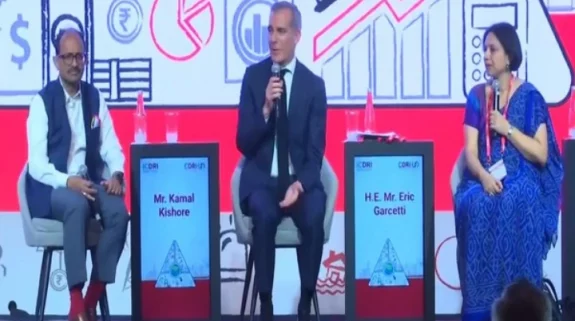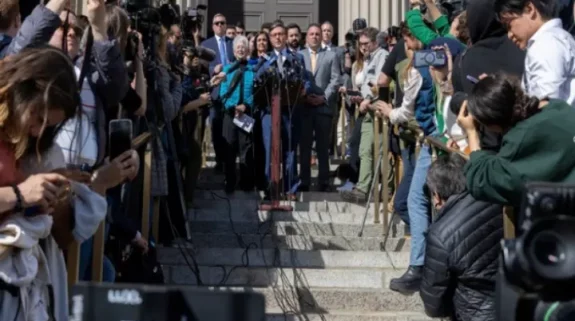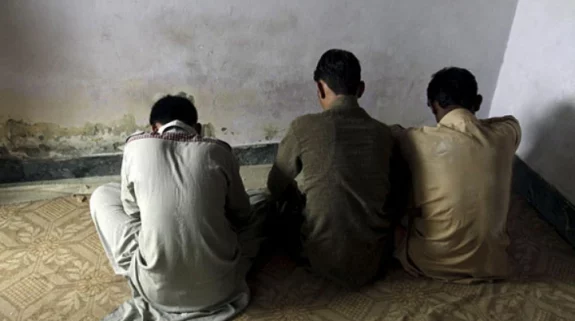Notwithstanding a sharp contrast in the situation between 2019 and 2020—six encounters and three terror attacks in the current year as compared to none in the previous year—the summer capital of the Union Territory (UT) of Jammu and Kashmir (J&K) is peaceful. Even the first civilian fatal casualty in the last two years, a 45-year-old woman, in an encounter in the interior of Batmaloo on last Thursday, has failed to bring turbulence back to Srinagar, in the Kashmir valley.
A micro-analysis of the indicators nullifies the impression that New Delhi’s unprecedented interventions on 5 August 2019—withdrawal of J&K’s special constitutional status and its split into the two UTs of J&K and Ladakh—has alienated the Kashmiris which could trigger a fresh spell of violence.
Srinagar, the city of 1.5 million people, has invariably dictated and defined the political course before as well as after the outbreak of the armed insurgency and political strife in Kashmir in 1989-90. It has witnessed massive demonstrations, militant attacks and street turbulence alongside the contrast of trade, tourism and elections in the last 30 years. After massive separatist rallies in 2008 and violent clashes on the streets in 2010 and 2016, there has been no public uprising in the capital.
The separatists and the militants reclaimed some base during the over three-year long PDP-BJP coalition in 2015-18. However, their sustained attempts to keep the pot boiling failed mainly because of two particular developments and their cascading effects in 2018 and 2019—Mehbooba Mufti’s fall as Chief Minister in June 2018 and a terror attack that left 40 Central Reserve Police Force (CRPF) personnel dead in February 2019.
It was the time when the pseudo-separatists were marginalized and the VVIP status and the security cover was, for the first time, withdrawn from the separatists. Some of them were put under house arrest and others booked/arrested in different criminal cases as a number of the state and the Central agencies began proceeding against them. Their shutdown calendars, which paralyzed businesses, trade, tourism and education for months together till 2018, are now history.
The last encounters between the militants and the police in Srinagar took place in February and October 2018. Lashkar-e-Tayyiba’s Pakistani terror, Naveed Jhat, escaped from SMHS Hospital after gunning down both his escorting police guards on 6 February 2018. On 13 February, militants launched a fidayeen attack on headquarters of CRPF’s 23rd battalion at Karan Nagar. Two militants and a CRPF jawan were killed. Journalist Shujaat Bukhari was shot dead outside his office at the Press Enclave on 14 June 2018. And the last encounter occurred in Fateh Kadal in which two militants, including the top wanted Merajuddin Bangroo and a civilian died on 6 October 2018.
Even after a section of the media predicted doom after August 2019, Srinagar remained peaceful. There was no encounter, no terror strike on forces, no major incident of stone pelting. One wholesaler was shot dead by militants. After the government’s lockdown ended, separatists’ undeclared shutdown began. For three months, the businesses were not allowed to function. Fearing attacks, commercial traffic didn’t operate either. Even the school buses were not permitted to carry the students.
In 2020, a chance encounter occurred near Shalteng on the outskirts of Srinagar on 5 February when the CRPF signaled a motorcycle to halt. A terrorist shot dead a jawan. However, both the guerrillas were killed in retaliation. Subsequently, militants gunned down two BSF men near Pandach, Soura, on 20 May and two J&K Police personnel at Nowgam on 14 August.
The first encounter of the year 2020 in Srinagar happened at Kanimazar, Nawakadal, a densely-populated downtown neighborhood, on 19 May. Even as dozen-odd houses were extensively damaged, two militants, including the most wanted Junaid Sehrai, were killed. The operation ended with minor clashes which remained limited to that locality.
On 21 June, three more militants were killed in the year’s second encounter at Zoonimar, Zadibal. On 2 July, one militant and one CRPF official died in an encounter at Malbagh, close to the University of Kashmir campuses. On 25 July, two militants were killed in another encounter at Mujgund. On 30 August, three militants on a motorcycle attacked a police naka in Panthachowk. The police chased the militants and pinned them down in a house. All the three militants were killed in the encounter in which one assistant sub inspector of police was also killed. On 17 September, three militants and a woman died in the year’s 6th encounter, at Firdausabad, Batmaloo.
In all, 16 militants, one civilian (woman) and seven police and paramilitary personnel have died in six encounters and three terror attacks in Srinagar. While the militants have left no stone unturned to create turbulence, the forces have proactively maintained order.
In all these battles, the behavior of the local populations matters the most. Nowhere in town have they gathered, staged a major demonstration, torched public properties or clashed with the forces like in 2010 and 2016. The result is that there are no casualties, no bullet wounds and no pellet injuries. Two-odd minor clashes happened over the Muharram procession at Bemina and Zadibal in August in which a couple of policemen were injured and some Shia mourners sustained splinter injuries.
A political vacuum appears to be there but much of the insipidity is attributed to the Covid-19 pandemic that has killed 1,000 people in J&K in the last six months..






